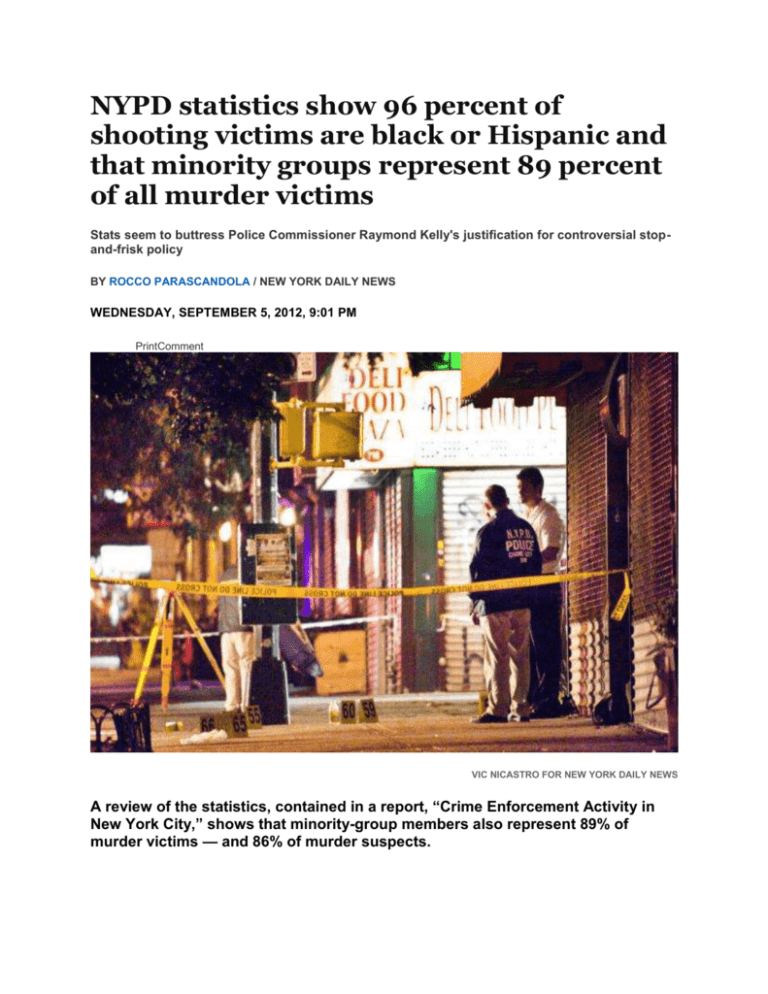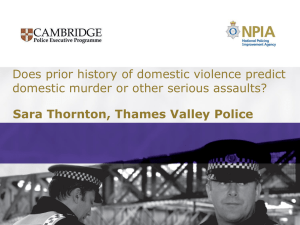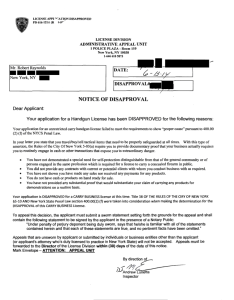NYPD statistics show 96 percent of shooting victims are black or
advertisement

NYPD statistics show 96 percent of shooting victims are black or Hispanic and that minority groups represent 89 percent of all murder victims Stats seem to buttress Police Commissioner Raymond Kelly's justification for controversial stopand-frisk policy BY ROCCO PARASCANDOLA / NEW YORK DAILY NEWS WEDNESDAY, SEPTEMBER 5, 2012, 9:01 PM PrintComment VIC NICASTRO FOR NEW YORK DAILY NEWS A review of the statistics, contained in a report, “Crime Enforcement Activity in New York City,” shows that minority-group members also represent 89% of murder victims — and 86% of murder suspects. The latest NYPD statistics show that crime is centered overwhelmingly in minority-group neighborhoods — buttressing a key argument Police Commissioner Raymond Kelly makes to justify his controversial stop-and-frisk policy. Citing an NYPD analysis of stats for the first six months of the year, Kelly said Wednesday that 96% of shooting victims are black or Hispanic — and in 97% of all shootings, the trigger was pulled by other blacks and Hispanics. Kelly in recent months has repeatedly said minority-group leaders and civil liberties advocates complain about stop-and-frisk tactics but do nothing to help combat crime in minority neighborhoods. A review of the statistics, contained in a report, “Crime Enforcement Activity in New York City,” shows that minority-group members also represent 89% of murder victims — and 86% of murder suspects. There are similar numbers for felony assaults — 81% of victims are minorities, as are 88% of the suspects. But there is a sharp disparity for robberies, with blacks described as suspects in 70% of the cases, while they are victims in 33% of the crimes. In response to the statistics, state Sen. Eric Adams (D-Brooklyn) said with too many minority men “career unemployed,” it’s inevitable some will turn to a life of crime. “Where are the after-school programs and all these other programs that are supposed to help the police?” he asked. “That’s why if only the Police Department looks at these numbers, we’re not going to come up with proactive crimefighting tools. The Police Department too often becomes the safety net when other agencies drop the ball.” Eugene O’Donnell, a professor of police science at John Jay College of Criminal Justice, suggested the report has been compiled to blunt criticism that police routinely stop young minority-group men for no reason. Kelly has worked to improve the NYPD’s relationship with minorities, in part by working with a task force of Brooklyn clergy. Bishop Gerald Seabrooks of Rehoboth Cathedral said the partnership has paid off and will continue to do so if parents work harder at raising their kids. “I think it’s more of a spiritual problem than a jobs problem,” he said. “In the 1930s, we didn’t have jobs, but we weren’t killing each other.” rparascandola@nydailynews.com









